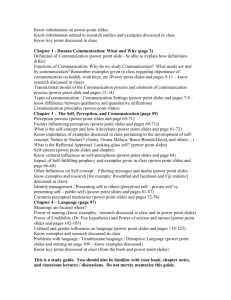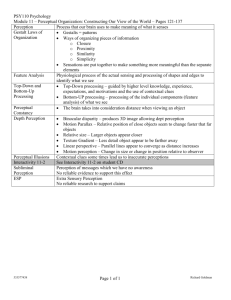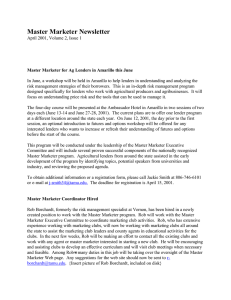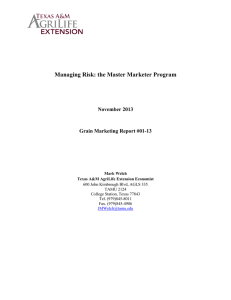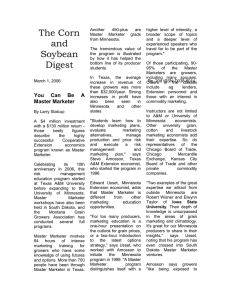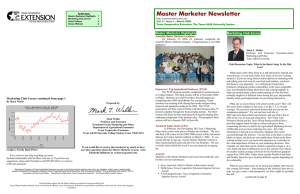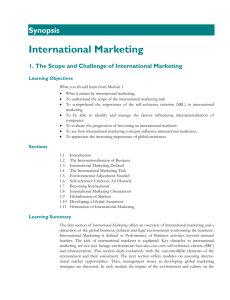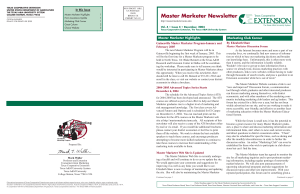Ascending the Value Spiral-From Insight to Innovation by S
advertisement
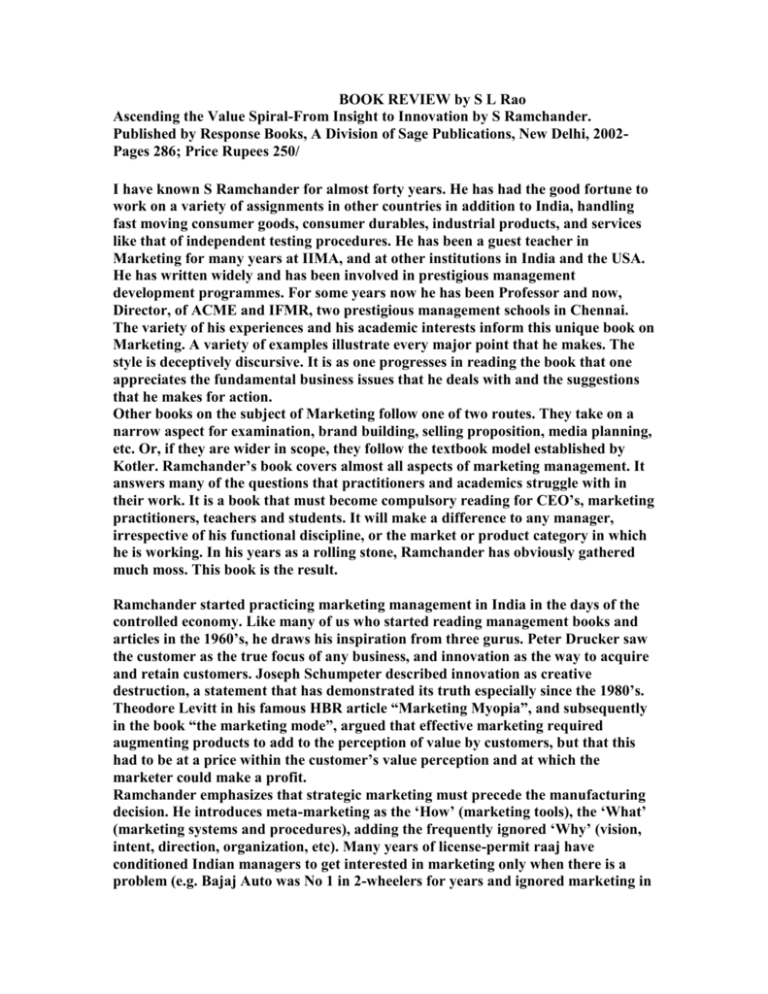
BOOK REVIEW by S L Rao Ascending the Value Spiral-From Insight to Innovation by S Ramchander. Published by Response Books, A Division of Sage Publications, New Delhi, 2002Pages 286; Price Rupees 250/ I have known S Ramchander for almost forty years. He has had the good fortune to work on a variety of assignments in other countries in addition to India, handling fast moving consumer goods, consumer durables, industrial products, and services like that of independent testing procedures. He has been a guest teacher in Marketing for many years at IIMA, and at other institutions in India and the USA. He has written widely and has been involved in prestigious management development programmes. For some years now he has been Professor and now, Director, of ACME and IFMR, two prestigious management schools in Chennai. The variety of his experiences and his academic interests inform this unique book on Marketing. A variety of examples illustrate every major point that he makes. The style is deceptively discursive. It is as one progresses in reading the book that one appreciates the fundamental business issues that he deals with and the suggestions that he makes for action. Other books on the subject of Marketing follow one of two routes. They take on a narrow aspect for examination, brand building, selling proposition, media planning, etc. Or, if they are wider in scope, they follow the textbook model established by Kotler. Ramchander’s book covers almost all aspects of marketing management. It answers many of the questions that practitioners and academics struggle with in their work. It is a book that must become compulsory reading for CEO’s, marketing practitioners, teachers and students. It will make a difference to any manager, irrespective of his functional discipline, or the market or product category in which he is working. In his years as a rolling stone, Ramchander has obviously gathered much moss. This book is the result. Ramchander started practicing marketing management in India in the days of the controlled economy. Like many of us who started reading management books and articles in the 1960’s, he draws his inspiration from three gurus. Peter Drucker saw the customer as the true focus of any business, and innovation as the way to acquire and retain customers. Joseph Schumpeter described innovation as creative destruction, a statement that has demonstrated its truth especially since the 1980’s. Theodore Levitt in his famous HBR article “Marketing Myopia”, and subsequently in the book “the marketing mode”, argued that effective marketing required augmenting products to add to the perception of value by customers, but that this had to be at a price within the customer’s value perception and at which the marketer could make a profit. Ramchander emphasizes that strategic marketing must precede the manufacturing decision. He introduces meta-marketing as the ‘How’ (marketing tools), the ‘What’ (marketing systems and procedures), adding the frequently ignored ‘Why’ (vision, intent, direction, organization, etc). Many years of license-permit raaj have conditioned Indian managers to get interested in marketing only when there is a problem (e.g. Bajaj Auto was No 1 in 2-wheelers for years and ignored marketing in every respect until market shares and profits began to fall), pressure of competition or when there is need to quickly increase sales. He reminds us that till 1991, marketing in India was “ essentially distribution oriented, while the products were conceived elsewhere” (overseas). The situation has changed dramatically. MNC’s now innovate products for India (HLL, Kellogg, MacDonald, Pizza Hut, etc), and market them in overseas markets. Innovations by truly Indian manufacturers are common (Frooti, Nirma, Velvette sachet shampoos, ayurvedic concepts by Himalaya, logistics and distribution by Nirma, etc). He points to the commodization of brands, as everyone offers similar value to the customer with similar marketing tools, and discusses how a marketer can proceed in this situation. In the declining markets of today, consumer goods manufacturers are trying to buy market shares and in the process damaging brands. This book may help them to develop alternative strategies. He highlights the tension in a company between profit margins and marketing expenditures as managers try to reconcile maximizing shareholder value and maximizing consumer value. To optimize both, he argues for understanding the consumer space insightfully, building a unique model of how the consumer actually behaves in that product category, discovering new niches and new opportunities, and creating a new perception of value for the customer through marketing tools. He expands on the need for discovery, design and development as not always sequential, but essential in building customer value. He develops the idea of a user-usage interface matrix to understand the consumer and his consumption in a holistic way. He encourages creative discovery by (Japanese) ‘gembo’, the actual observation of real consumers during a decision-making or consuming state. He introduces us to the art of scenario writing and mind mapping, techniques that call for multi-disciplinary approaches, and points out that creativity requires understanding of the problem, not merely copying others’ solutions. Application of mind mapping to a few marketing situations would add value to the learning from the book. He goes on to remind us that brand images demand product quality and customer value and briefly mentions the tremendous customization of products made possible by the innovative use of I.T. to store and access information about customers. The book abounds in examples, has exercises for the interested reader, and is a “doit” book, not just a good read, which it is. It is practical, with many insights and methods to achieve them, but it is not a guidebook with definite answers to all questions. Instead, it provides the mental framework for cogitation and analysis. I would have liked the author to expand almost all the chapters from Chapter 5 onwards, so that he links every idea in depth. The publishers are to be complimented on the get-up and the surprisingly few errors. This book is an important contribution to marketing management in India in practice, and how marketing can help a business to become and remain competitive. (1000)





